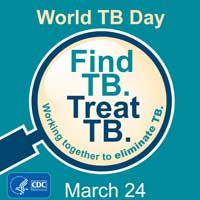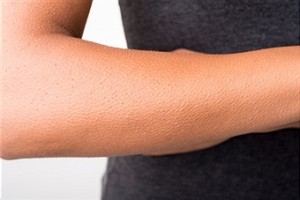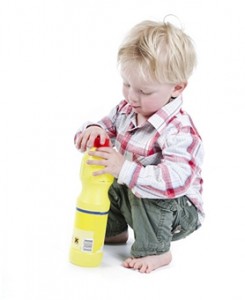 Hookah smoking is a growing trend among teens and young adults. Though the practice of smoking specially-made, and usually flavored tobacco, from water pipes is believed by many to be a safe alternative to cigarette smoking, medical research has shown otherwise.
Hookah smoking is a growing trend among teens and young adults. Though the practice of smoking specially-made, and usually flavored tobacco, from water pipes is believed by many to be a safe alternative to cigarette smoking, medical research has shown otherwise.
When one smokes hookah, tobacco is heated by charcoal in a smoke chamber. The smoke then passes through water and is drawn through a rubber hose to a mouthpiece. The variety of flavored tobaccos, like apple, mint, cherry, chocolate, and coconut, used in hookah smoking makes the practice more attractive to teenagers and college age students. Hookah smoking typically takes place in a group setting and generally lasts about an hour.
According to the Centers for Disease Control and Prevention (CDC), “hookah smoking delivers the addictive drug nicotine, is as toxic as cigarette smoking, and poses several health risks.” In a typical hookah session, smokers take approximately 200 puffs, compared to cigarette smokers who average 20 puffs a session. Additionally, the volume of smoke inhaled during a hookah session is much higher than the smoke inhaled while smoking a cigarette, 90,000 milliliters compared to 600 milliliters.
It is also believed that the charcoal used to heat the tobacco increases toxicity levels of various compounds, including carbon monoxide and heavy metals. Therefore, hookah smoking is linked to lung and oral cancer, as well as reduced lung function. These are the same harmful health effects as cigarettes. Since hookah smoking involves using, and often sharing a mouthpiece, there is also the risk of developing and spreading infectious diseases, such as herpes, influenza, and hepatitis.
Although research on hookah smoking is still developing, there is enough evidence that suggest it is just as dangerous as cigarette smoking, if not worse. Hookah smoking and its use of flavored tobacco is marketed to young adults but it’s important to understand there is no such thing as smoking hookah safely.
Join us on Facebook.com/FlushingHospital or follow us on Twitter @FHMC_NYC for more information on smoking cessation and tips on fitness and health.
All content of this newsletter is intended for general information purposes only and is not intended or implied to be a substitute for professional medical advice, diagnosis or treatment. Please consult a medical professional before adopting any of the suggestions on this page. You must never disregard professional medical advice or delay seeking medical treatment based upon any content of this newsletter. PROMPTLY CONSULT YOUR PHYSICIAN OR CALL 911 IF YOU BELIEVE YOU HAVE A MEDICAL EMERGENCY.




 Answer: To raise the body’s temperature. When we are cold muscle fibers around the hair follicles contract- giving us goosebumps. This activity produces heat and raises the body temperature.
Answer: To raise the body’s temperature. When we are cold muscle fibers around the hair follicles contract- giving us goosebumps. This activity produces heat and raises the body temperature.



